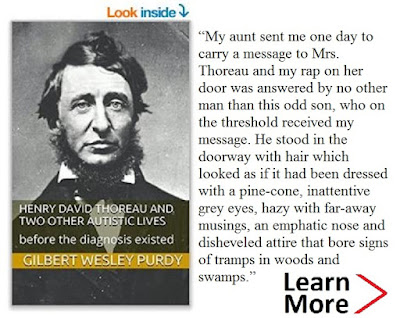
The Curly-Tail is an import from the Bahamas, intentionally released into Florida during the 1940s. (No one seems to remember just why.) It is a sand lizard, rarely seen around the omnipresent Palm Beach County canals, ponds or lakes. Only a few years ago, it was everywhere else in the landscape. It is much less common since. It is rare, now, to see a specimen as much as eight inches long from nose to extended tail.
It is quite possible that steps have been taken to reduce the population. Eradicating aggressive imported species of flora and fauna has been on the state's agenda in recent years, and the rise of the Curly-Tail has been paralleled by a precipitous drop in the populations of the green and brown Anole (also imports).
The Anole receives better press than do other imports. They are much more interesting to watch. (The Curly-Tail is a blunt fellow with little personality.) During mating season, the males extend a bright orange pouch, beneath their chin, and do push-ups to show the ladies that they have what it takes. Combat is frequently the outcome of these displays. They are also pseudo-chameleons: always a favorite party-trick.
I've posted a number of extracts, recently, from well-known naturalists and intend soon to gather them together onto theme pages. Most will appear in the pages of the Treasure Coast Review, as have the following:
- Audubon Observes Florida Sea-Turtles. During an 1832 trip to Florida and the Tortugas, the naturalist James Audubon had the opportunity to study the region's large Turtles...
- Bartram Seeks News of the Creeks and Seminoles. About to ascend the St. John's River, in April of 1774, Wiliam Bartram seeks information about a recent incident between the local settlers and Indians.
- Bartram Wakes to the Call of the Wild Turkey. William Bartram explores the St. John's River, just south of St. Augustine, Florida, in April of 1774. Here he gives us...
- Bartram on the Live Oak and Florida Forest. William Bartram explores the St. John's River, just south of St. Augustine, Florida, in April of 1774. Here he gives us a description of the trees...
- Burroughs Observes a Gourmet Robin.
Prior to the nature/naturalist pages, I'd set to work on pages of extracts relating to the Romantic poets. One such page is here on the main blog and the remainder are posted at the TCR. The first pages are on John Keats and Percy Bysshe Shelley:
- Trelawny Recovers Shelley's Body. I told my fears to Hunt, and then went upstairs to Byron. When I told him, his lip quivered, and his voice faltered...
- Trelawny Burns Shelley's Body. Three white wands had been stuck in the sand to mark the Poet's grave,...
- Keats Biography in Chamber's Cyclopedia (1863). His passions were always violent, and his sensibility most keen....
- The Last Letter of John Keats. My dear Brown -- Tis the most difficult thing in the world to me to write a letter....
The Treasure Coast Review has also gained indexes of Virtual Grub Street's poetry and book reviews over the past week. On the computer side, the Computer Archive's "How to Remove ISearchTech.SideFind" page has been updated. The Archive has become a hit in a little over two weeks time.


1 comment:
I believe the green anole (carolina) is native
Post a Comment